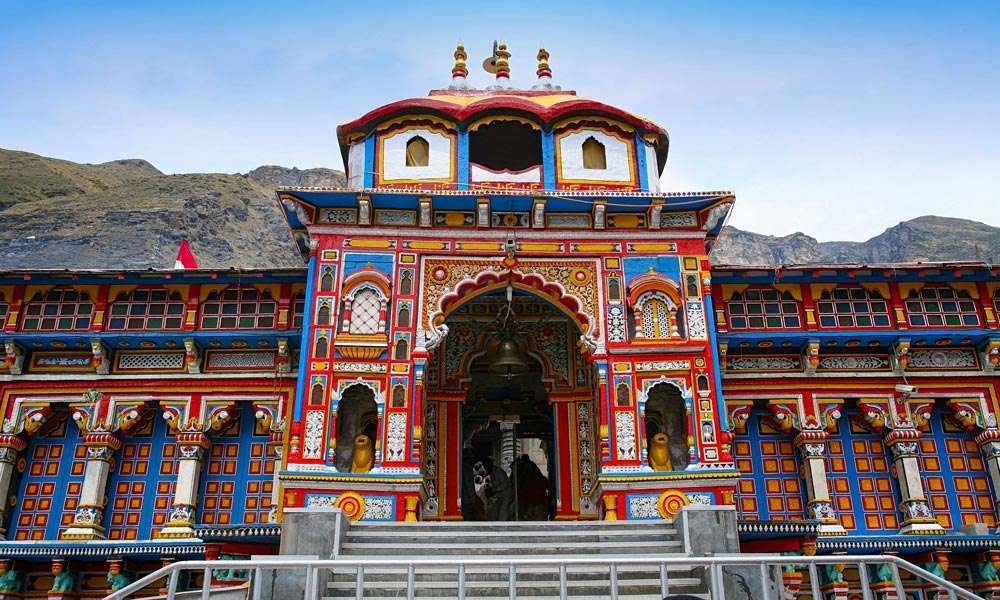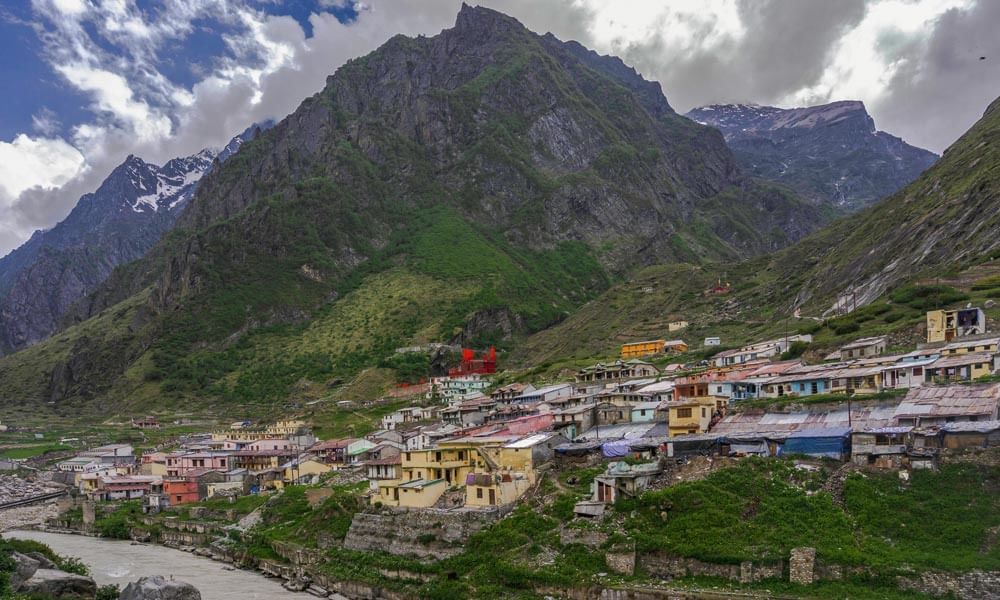The Legend of Badrinath - The Story of Shiva and Parvati
Sadhguru looks at the legend of Badrinath temple and how Vishnu tricked Shiva and Parvati, and its history of how Adi Shankaracharya established the temple over a thousand years ago.

Shiva said, “This is not a good baby. Why does he land up at our doorstep by himself? There is no one around, no footprints of parents in the snow. This is not a child.” But Parvati said, “Nothing doing! The mother in me will not allow me to let the child be like this,” and she took the baby into the house. The child was very comfortable, sitting on her lap, looking very gleefully at Shiva. Shiva knew the consequence of this but he said, “Okay, let’s see what happens.”
Parvati comforted and fed the child, left him at home and went with Shiva for a bath in the nearby hot water springs. When they came back, they found the doors were locked from the inside. Parvati was aghast. “Who has closed the door?” Shiva said, “I told you, don’t pick up this child. You brought the child into the house and now he has locked the door.” Parvati said, “What shall we do?”
Subscribe
Shiva had two options: one was to burn up everything in front of him. Another was to just find another way and go. So he said, “Let’s go somewhere else. Because it’s your beloved baby, I cannot touch it.”
This is how Shiva lost his own home and Shiva and Parvati became “illegal aliens”! They walked around, looking for an ideal place to live and finally settled down in Kedarnath.
Who Built the Badrinath Temple

Badrinath also has historical significance because the temple here was installed by Adi Shankara. He set up his own people there. Even today, the descendants of the families that he set up traditionally, the Nambudiris, are the priests in the temple. Visually, this area is an incredible place. Adi Shankara was born in a place called Kaladi in Kerala over a thousand years ago. From Kaladi to Badrinath, the distance is more than three thousand kilometers by walk. Adi Shankara walked such distances not just south to north but also east to west. He walked up and down the country thrice and east to west once.
The town is not very well kept, but if you look around at the rest of it, it is incredibly beautiful. From Govind Ghat to Badri, that 25-kilometer drive is probably the most incredible drive you can have anywhere in the world. I have traveled to many places but in this 25-kilometer drive, there are no words to describe how the mountains are.
The Himalayas and Spiritual Path

When you travel to the Himalayas, you will wonder how anyone could have walked through this. Imagine the effort involved. The purpose of coming to the Himalayas is not to achieve something. This was an opportunity to simply be dwarfed – if not dissolved, at least to be dwarfed. You can’t believe that thousands of years of ago, people went into these mountains when there were no roads, automobiles or maps of where the mountain begins and where it ends. Just going. If you want to progress on the path of yoga, this is needed. Not knowing where the end is, simply keep going. “It doesn’t matter where it begins or where it ends, till I reach there, I simply keep going.” Unless a person has this attitude and strength within himself, the spiritual path is out of question.



